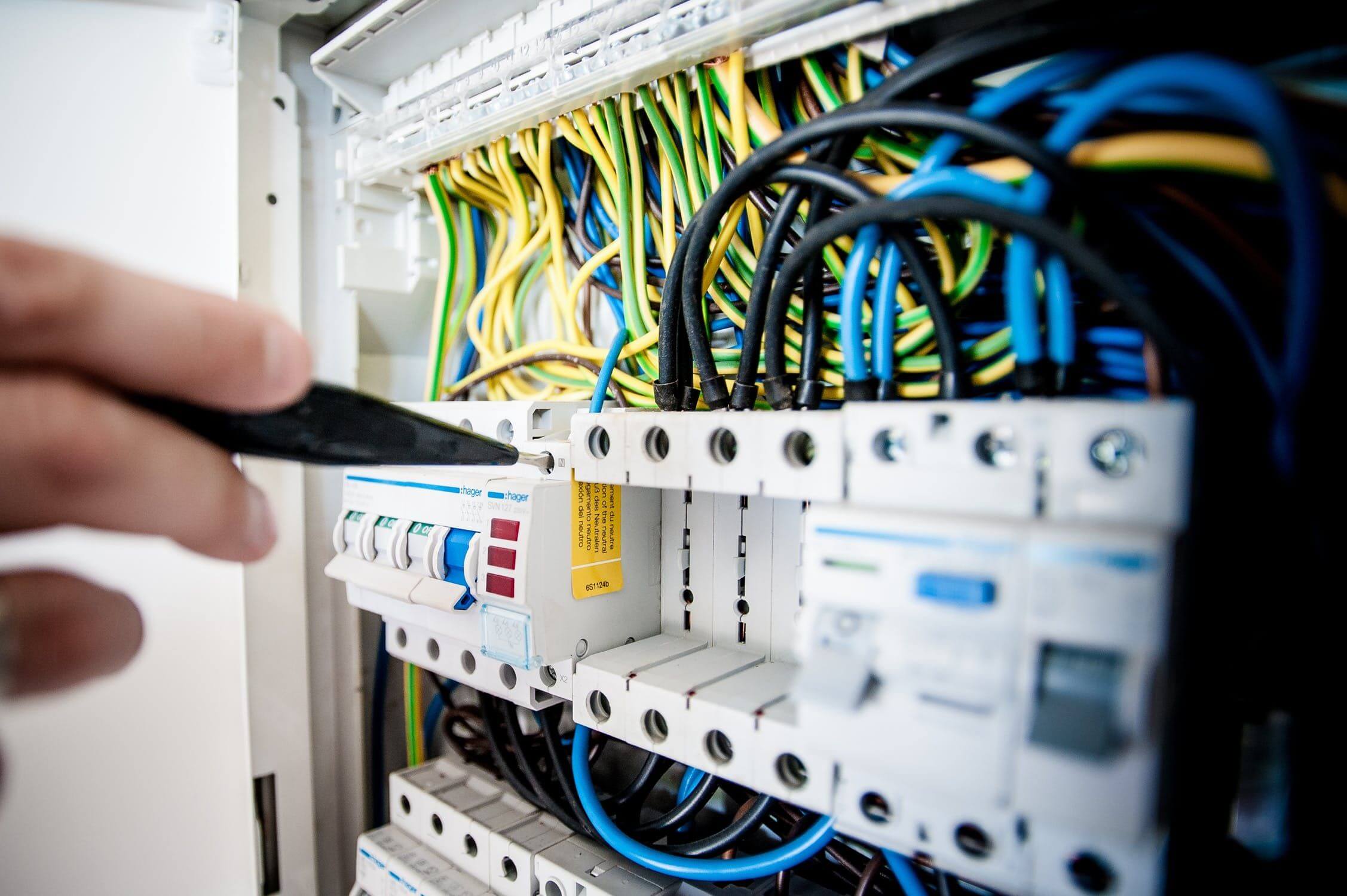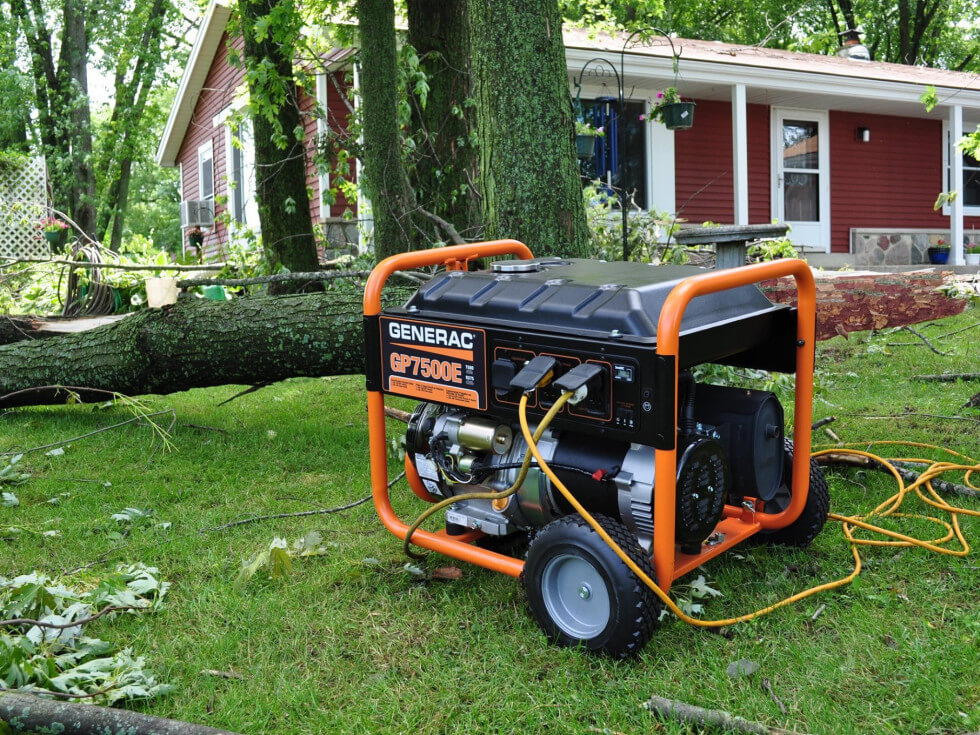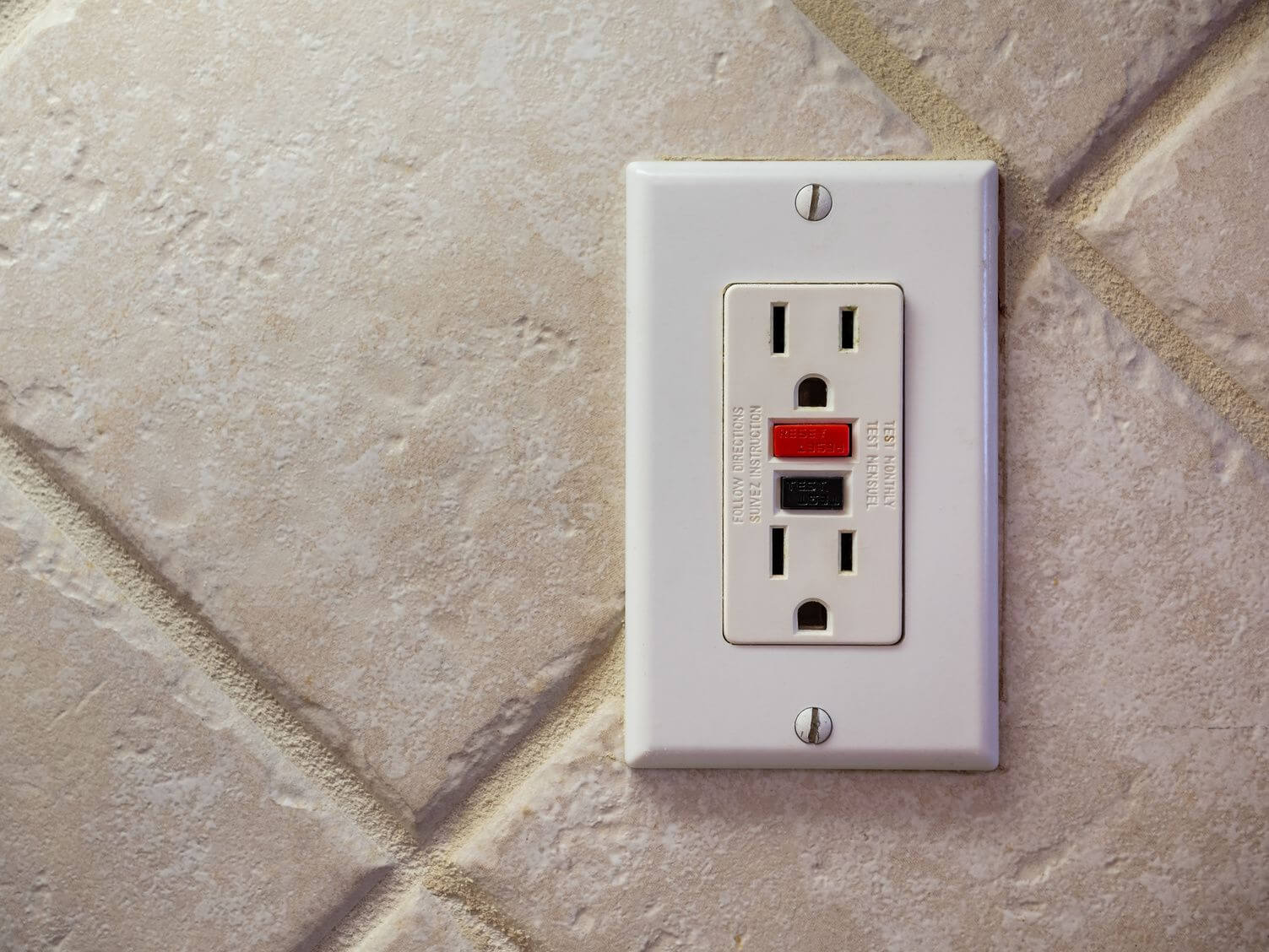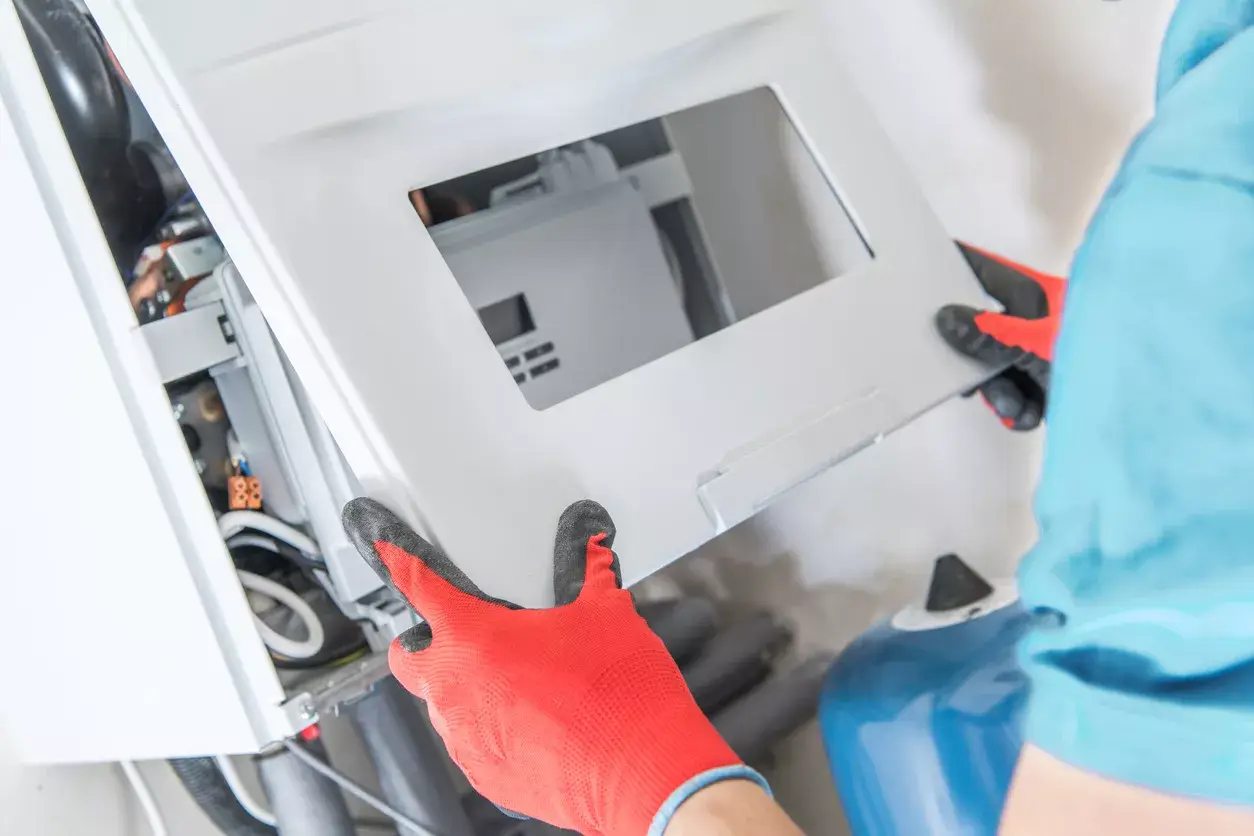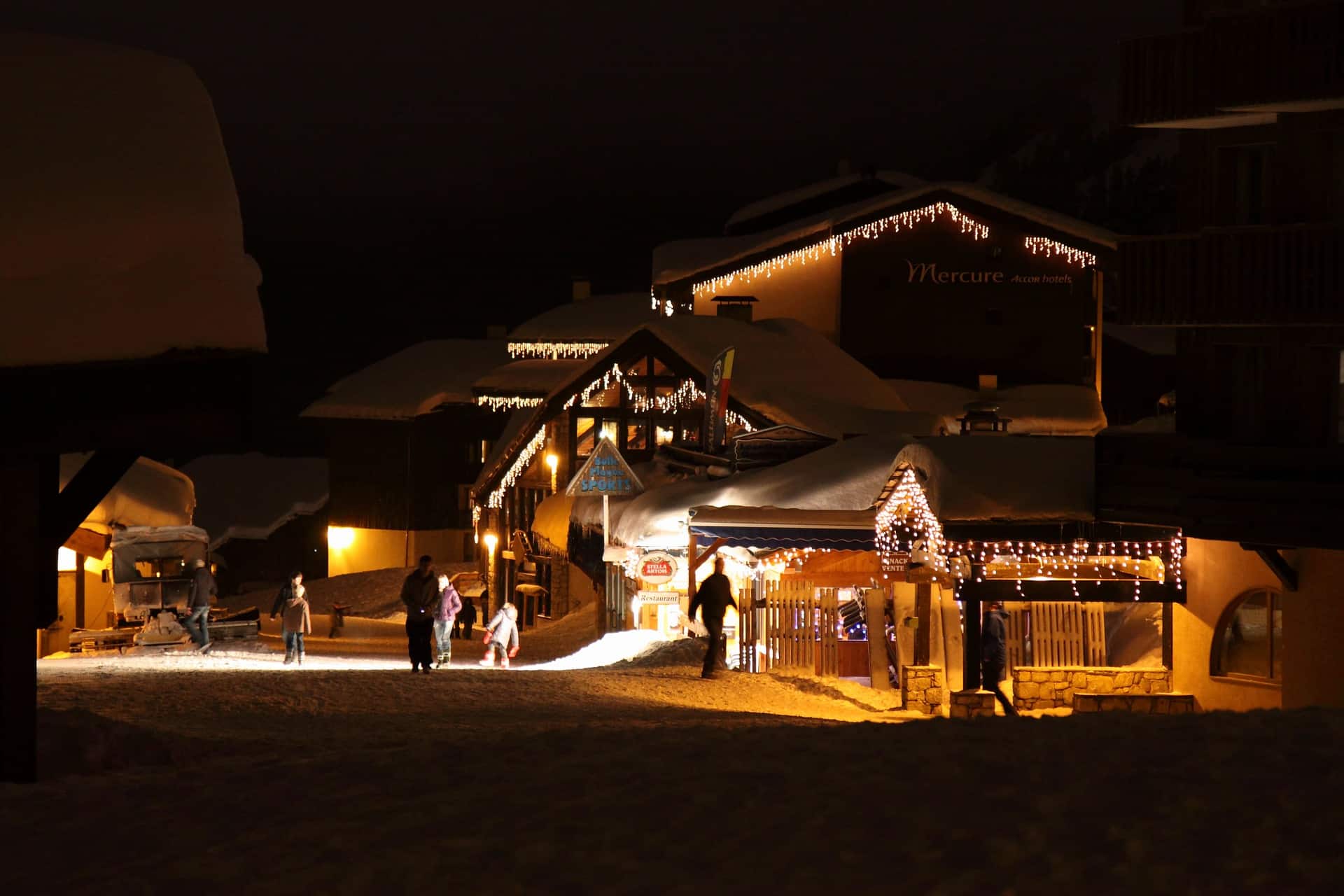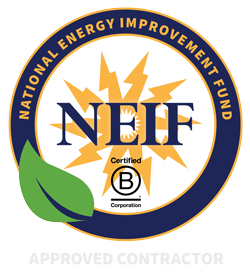Why Is My Commercial Ice Machine Not Making Ice?
- Miscellaneous
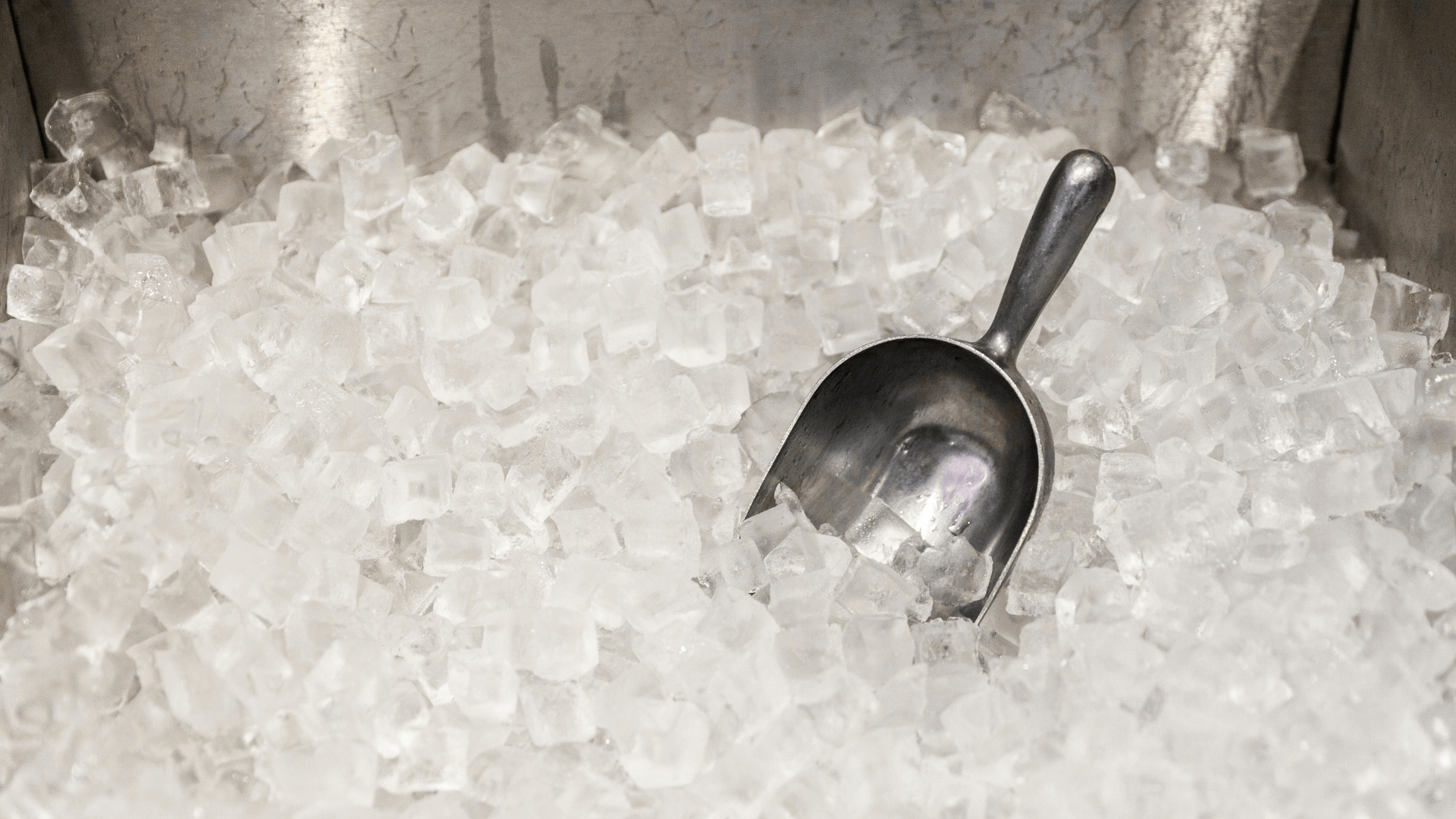
Every restaurant, hotel, and many other businesses rely heavily on their commercial ice machines. But there comes a time when you may ask, “Why is my commercial ice machine not making ice?” This is a common concern, and there are a myriad of reasons for it. Let’s dive into the key reasons, prevention tips, and how North Shore Home Energy can be your savior during such crises.
Common Reasons a Commercial Ice Machine Stops Making Ice
Power Issues
The most basic reason can sometimes be a power outage. Ensure the ice machine is connected to a power source, and the outlet is functioning correctly. Occasionally, circuit breakers can trip, cutting off power to the machine.
Water Supply Issues
“Why is my commercial ice machine not making ice?” It might be a water supply problem. Ensure that there’s a consistent water flow to your machine. Check for any clogs, frozen lines, or closed water valves.
Temperature Problems
Commercial ice machines require an optimal environment to function correctly. If the room is too hot, the machine might not produce ice. Ensure that the machine’s surroundings are cool enough and that its internal thermostat is set to the right temperature.
Blocked Ice Maker
Sometimes, ice can become lodged in the ejector’s arm, preventing new ice from forming. Make sure there are no obstructions, and remove any ice blockages gently.
Faulty Components
Parts like the water inlet valve, thermostat, or pump could be malfunctioning. If you suspect a component is faulty, consult with a professional for a diagnosis.
Dirty or Scaled Evaporator Plates
Over time, minerals from water can accumulate on the evaporator plates, affecting ice production. Regular cleaning can help, but if scaling is excessive, descaling solutions might be necessary.
How to Prevent Commercial Ice Machine Issues
- Regular Maintenance: Routine check-ups and cleanings can prevent many common issues.
- Optimal Placement: Ensure your ice machine is in a cool, well-ventilated area.
- Water Filtration: Using water filters can prevent scaling and improve ice quality.
- Train Staff: Ensure your team knows how to operate the machine correctly to prevent
How North Shore Home Energy Can Help with Your Commercial Ice Machine Issues
North Shore Home Energy boasts a team of professionals well-versed in tackling all kinds of problems. Whether it’s routine maintenance, component replacement, or full-scale repairs, North Shore Home Energy is equipped to restore your ice machine to its optimal functionality. Don’t let the question, “Why is my commercial ice machine not making ice?” plague your business operations. Reach out to North Shore Home Energy for a hassle-free solution.
Unfreezing the Ice Machine Mystery
In conclusion, while there can be multiple reasons your commercial ice machine stops producing ice, from power issues to dirty evaporator plates, proactive measures and regular maintenance can prevent many of these issues. And when in doubt, professionals like those at North Shore Home Energy are always at your service to resolve any complications.
Don’t let ice machine issues put a freeze on your business operations. Understand the problems, take preventive measures, and have a reliable partner like North Shore Home Energy by your side.
Check out our Google Reviews!

